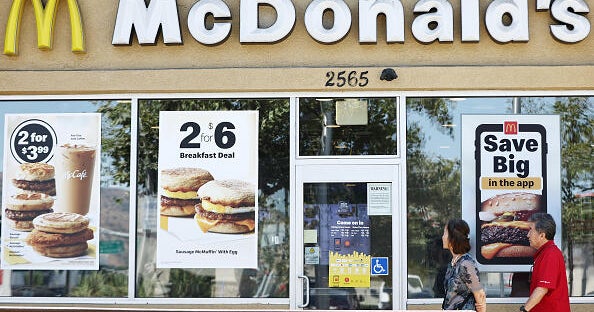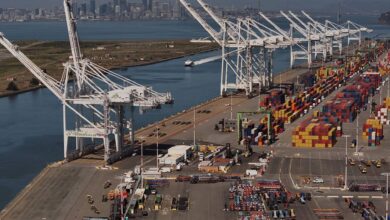Fast food isn’t so affordable anymore. Here are the U.S. cities where prices are the highest.

Fast food used to be the go-to option for a quick and affordable meal, much like Subway’s iconic $5 footlong deal. However, a recent report from LendingTree has shed light on the rising costs of fast food in major U.S. cities, with the average meal now costing $11.56. In cities like San Francisco and Seattle, the prices are even higher, reaching $13.88 and $13.48, respectively. Even in more affordable cities like Columbus, Ohio, the average cost of a fast-food meal still hovers around $10.01.
For many Americans, fast food has been a convenient and budget-friendly choice. Most major fast-food chains offer meal deals for under $10, making it an accessible option for those looking to grab a quick bite. However, as prices continue to rise and inflation takes its toll, the affordability of fast food is becoming increasingly out of reach for many consumers.
An analysis by FinanceBuzz revealed that average fast-food prices have surged by 39% to 100% over the past decade. For example, a McDouble sandwich that cost $1.19 in 2014 would now cost over $3 in 2024, showcasing the significant price hikes in the industry.
A recent survey by Bankrate found that 39% of Americans plan to cut back on dining expenses due to economic uncertainty. This shift in consumer behavior is reflected in the latest earnings report from McDonald’s, which reported a 3.6% drop in sales in the first quarter, with tariffs being cited as a major factor affecting foot traffic.
Low-income fast-food workers are among those feeling the crunch of rising prices. The average hourly wage for fast-food employees is $15.07, according to LendingTree. This means that it takes these workers more than twice as long as the average U.S. worker to earn enough to afford a typical fast-food meal, considering other living expenses.
LendingTree’s report also highlighted the financial strain on fast-food workers who purchase all their meals from their employer. On average, these workers end up spending 40% of their salary on food, leaving them with only 60% of their paycheck to cover other essential expenses.





